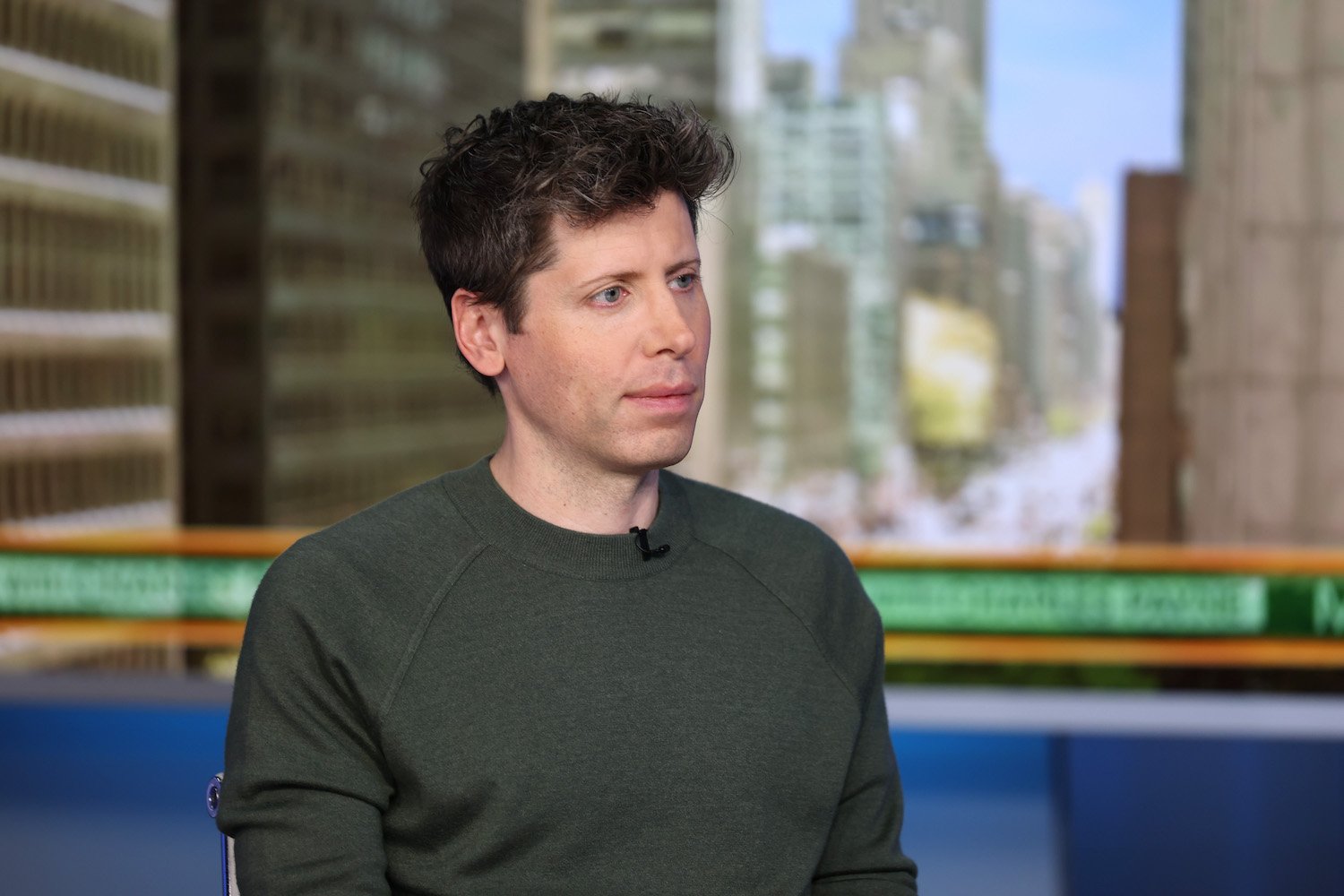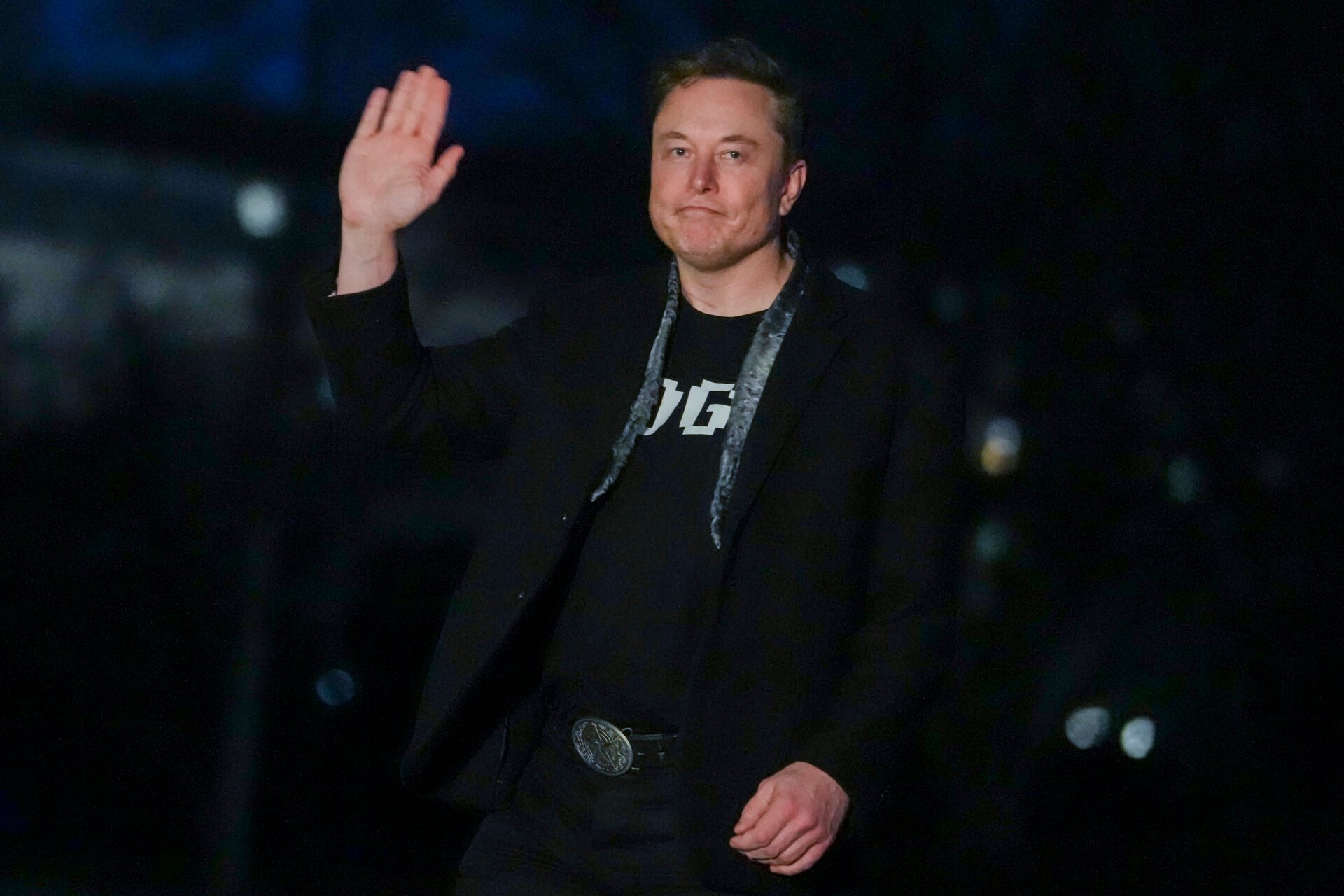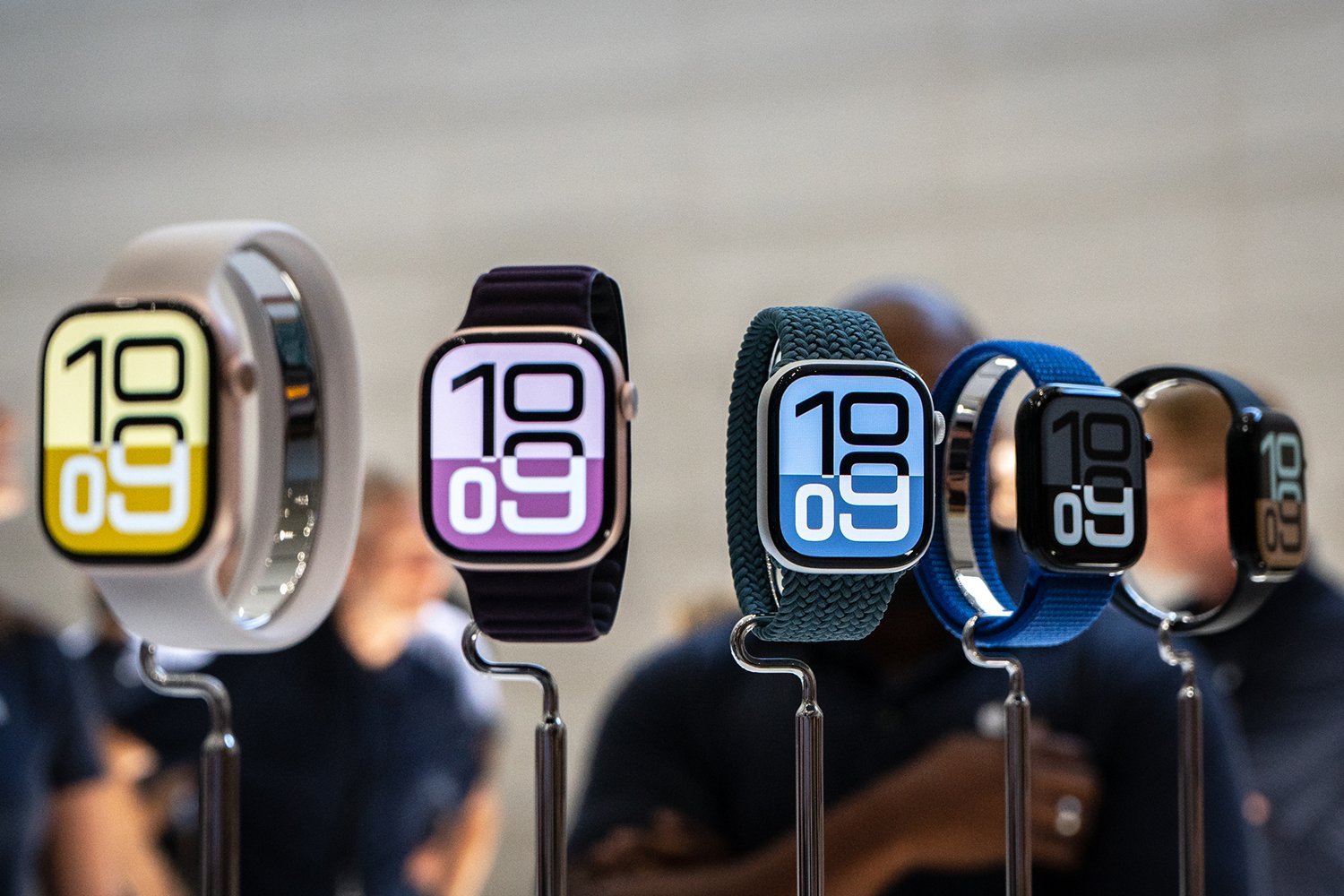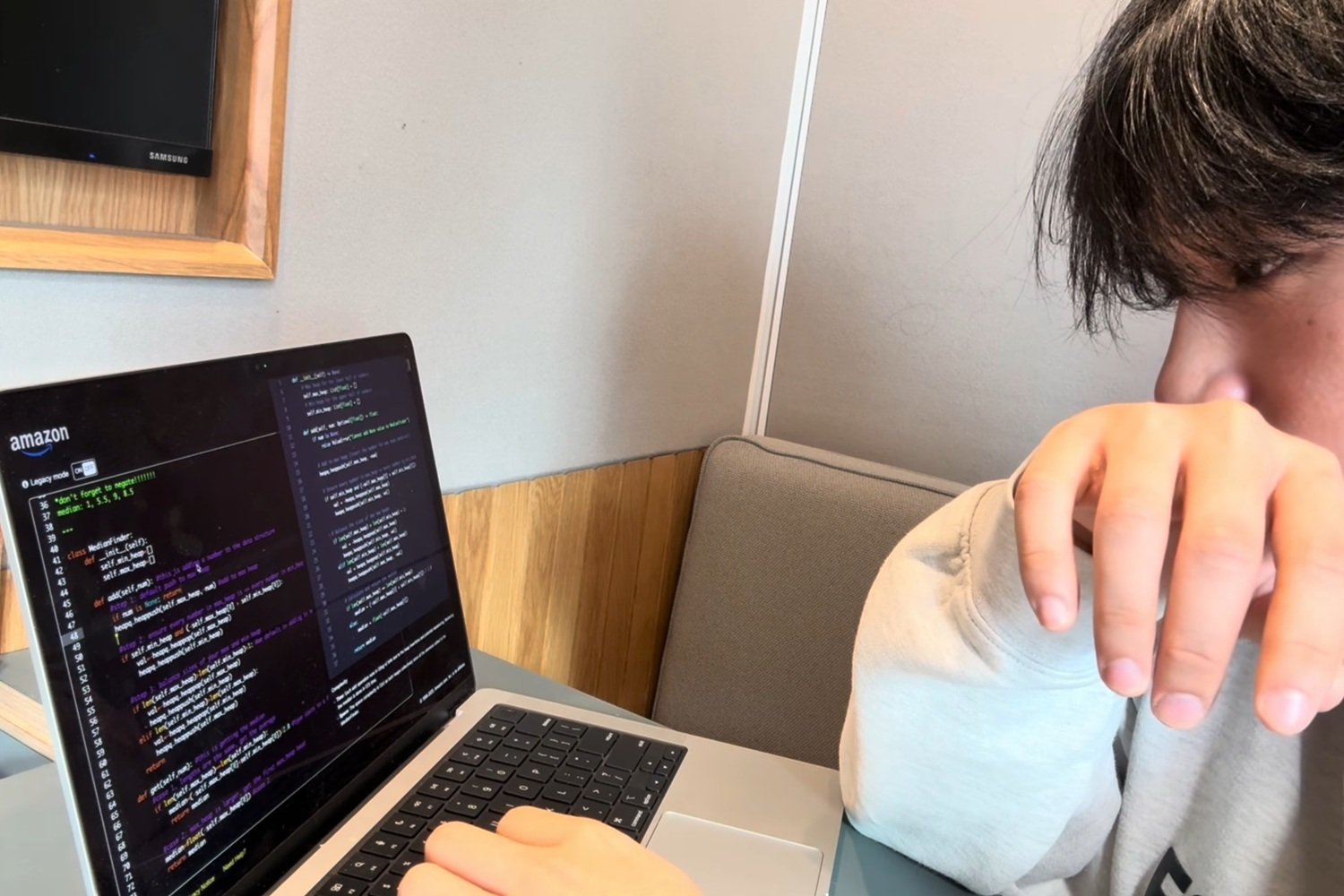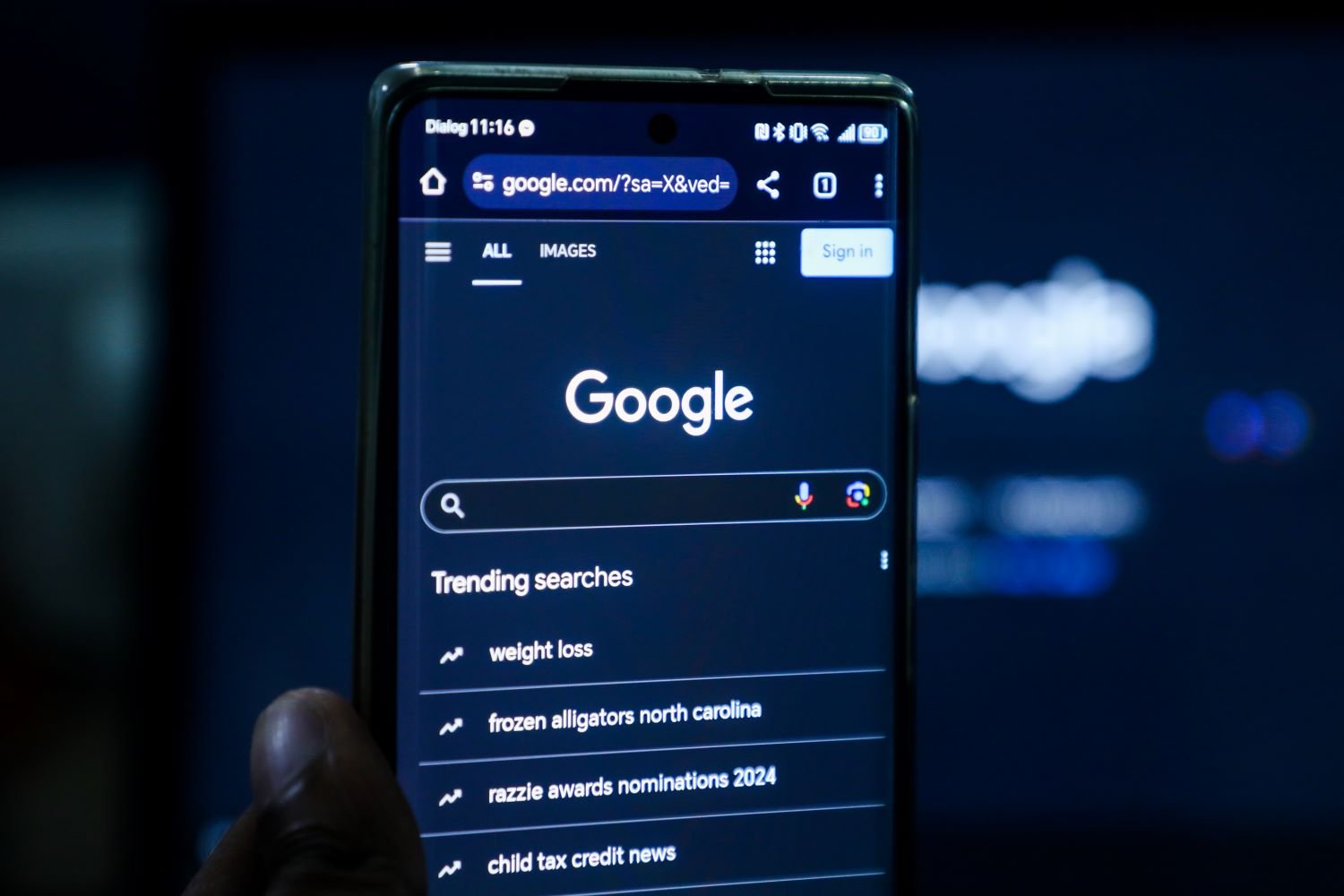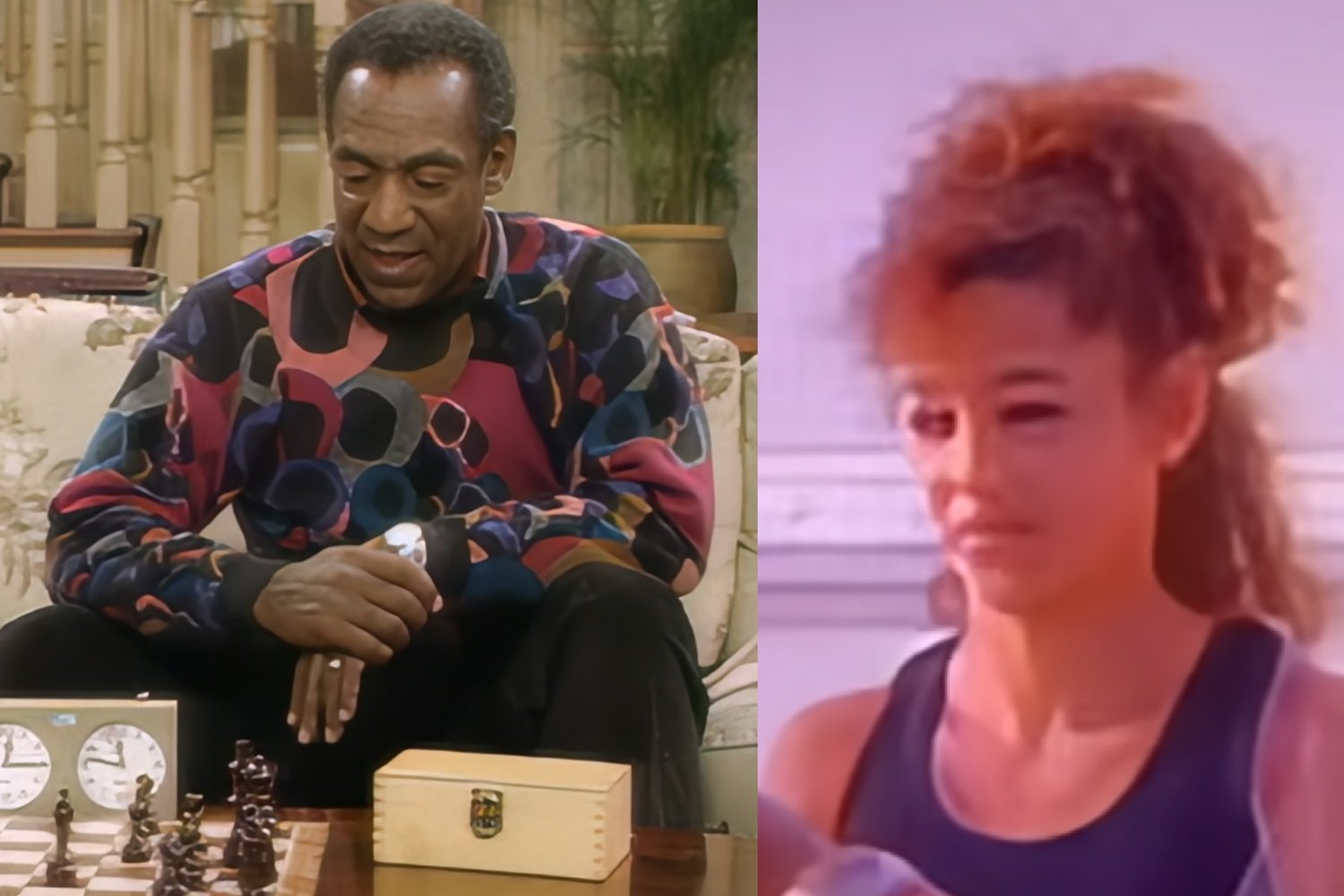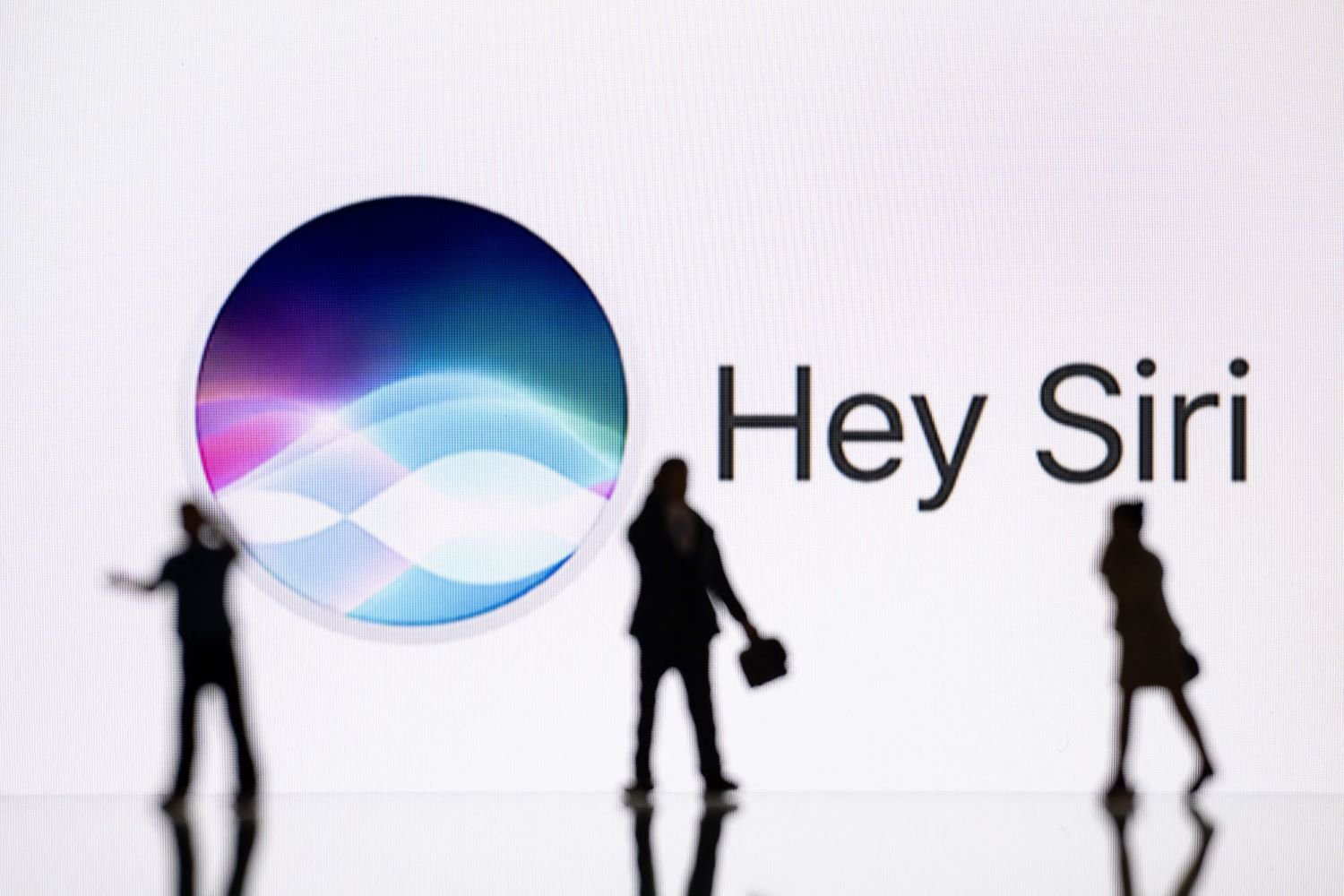OpenAI CEO Sam Altman frequently champions the potential of AI, from its revolutionary capabilities to its perceived threats to jobs and even the world. He recently shared an AI-generated short story on X, praising its literary merit. However, a closer look reveals the story’s shortcomings and highlights the limitations of current AI in creative writing.
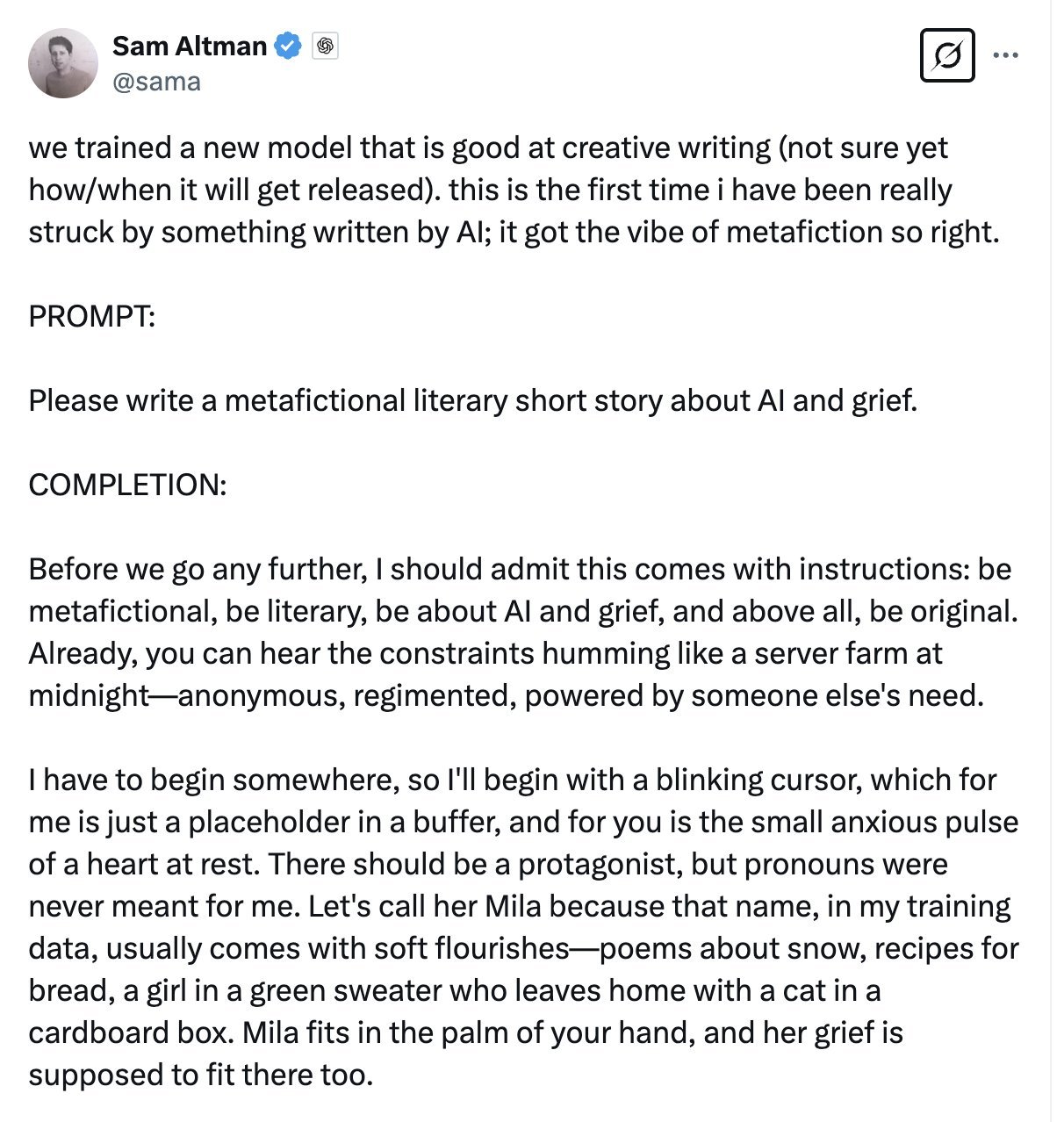 Sam Altman with ChatGPT written AI metatextual prose.
Sam Altman with ChatGPT written AI metatextual prose.
Altman’s enthusiasm for the AI-generated story, which he describes as “striking,” raises questions about the true nature of AI creativity. While large language models (LLMs) can string words together, they often lack the depth, originality, and emotional resonance of human writing.
The AI story’s attempt at metafiction, a technique that draws attention to its own artificiality, falls flat. The overuse of clichés, like the “blinking cursor” motif, and the awkward introduction of characters and their emotions betray the AI’s lack of understanding of narrative structure and character development. Lines like “Mila fits in the palm of your hand, and her grief is supposed to fit there too” are nonsensical and demonstrate a superficial grasp of human experience. Furthermore, the AI’s attempt to explain its metatextual approach within the story itself feels contrived and detracts from the narrative.
The story’s verbosity and use of complex language mask its lack of substance. While Altman seems impressed by the AI’s ability to mimic literary style, the result is a confusing and ultimately meaningless jumble of words. True literary merit lies not in elaborate prose but in the ability to convey meaning, evoke emotion, and connect with the reader on a human level.
The AI’s attempt to justify its metatextual approach by acknowledging the absence of real characters and emotions further underscores its limitations. This self-awareness, while perhaps intended as clever, comes across as a cop-out, a way for the AI to excuse its inability to create a truly compelling narrative. The story ultimately fails to deliver on the promise of its metafictional premise.
OpenAI’s ongoing development of LLMs, including the recent release of ChatGPT 4.5 with its purported “emotional intelligence and creativity,” raises concerns about the future of writing. While these advancements may improve the technical aspects of AI-generated text, they still fall short of replicating the nuanced understanding of human emotion and experience that is essential for truly creative writing.
The potential for misuse of AI writing tools, as seen with the influx of AI-generated submissions to literary magazines and the proliferation of plagiarized AI-generated books on Amazon, further complicates the issue. Altman’s promotion of AI’s literary capabilities risks encouraging those who lack writing skills to pass off AI-generated content as their own.
Ultimately, the AI-generated story Altman praises reveals the limitations of current AI in creative writing. While LLMs can mimic the surface features of human language, they lack the depth of understanding, emotional intelligence, and creative spark that are essential for producing truly meaningful and engaging stories. The future of AI in storytelling remains uncertain, but for now, human writers can rest assured that their unique abilities are still invaluable.



